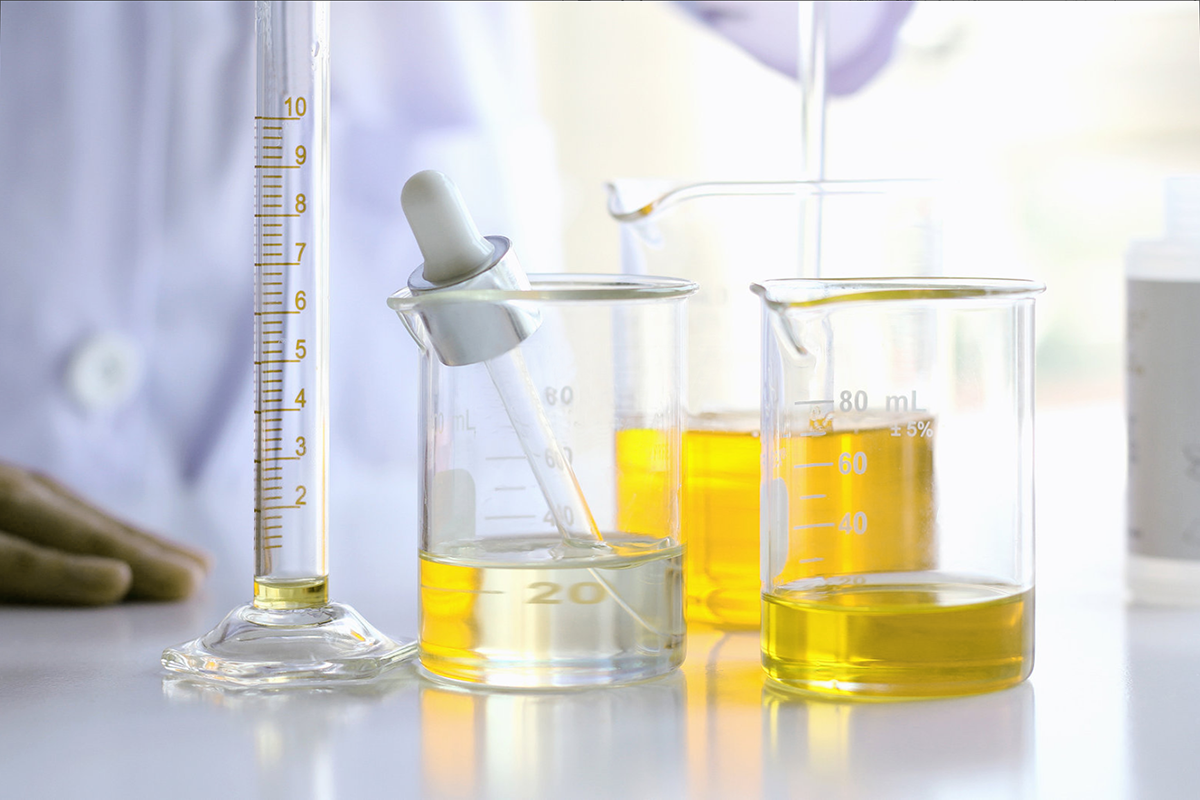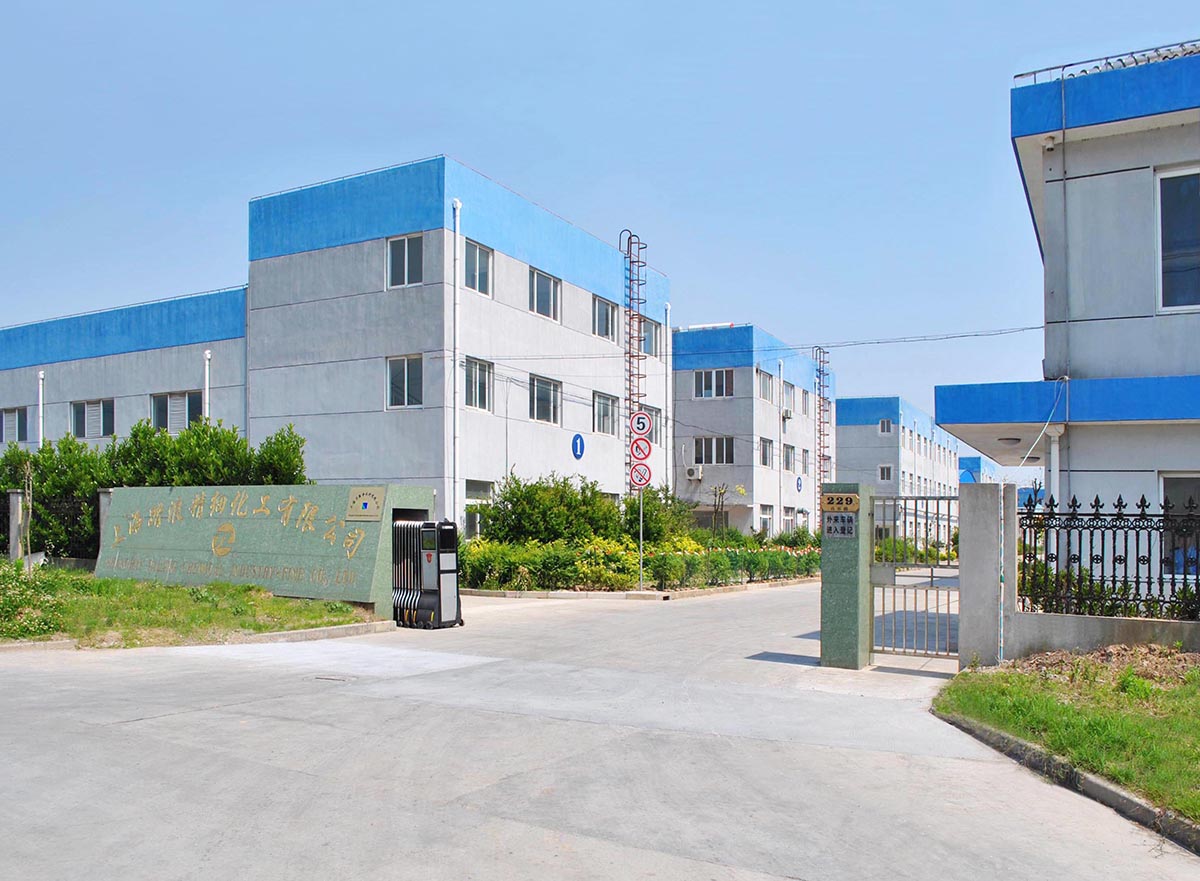Polyvinyl chloride (PVC), a wildly popular thermoplastic, has a not-so-secret weakness: it’s prone to degradation during processing and use. But fear not! Enter PVC stabilizers, the unsung heroes in the world of plastics. These additives are the key to taming PVC’s temperamental nature, effectively suppressing degradation and extending its lifespan. In this blog post, we’re diving deep into the fascinating world of PVC stabilizers, exploring their types, working mechanisms, application areas, and the exciting trends shaping their future.
PVC isn’t just another plastic; it’s a versatile powerhouse. With its excellent mechanical properties, remarkable chemical resistance, top-notch electrical insulation, and budget-friendly price tag, PVC has found its way into countless industries, from construction and packaging to wire and cable manufacturing and medical devices. However, there’s a catch. The PVC molecular structure contains unstable chlorine atoms that, when exposed to heat, light, or oxygen, trigger a chain reaction known as dehydrochlorination. This reaction causes the material to discolor, lose its performance, and eventually become useless. That’s why adding stabilizers during PVC processing and use isn’t just an option—it’s a necessity.
PVC stabilizers can be categorized based on their chemical composition into several types:
Lead Salt Stabilizers: These were the pioneers in the PVC stabilizer game, boasting excellent heat stability and cost-effectiveness. However, due to their toxicity concerns, they’ve been gradually phased out in recent years.
Metal Soap Stabilizers: This group includes popular ones like calcium-zinc and barium-zinc stabilizers. They offer good heat stability and lubrication, making them one of the most widely used PVC stabilizers today.
Organotin Stabilizers: Renowned for their outstanding heat stability and transparency, organotin stabilizers come with a higher price point. They’re primarily used in transparent PVC products.
Rare Earth Stabilizers: As the new kids on the block, these eco-friendly stabilizers offer great heat stability, are non-toxic, and provide good transparency. But, like organotin stabilizers, they come at a relatively higher cost.
Organic Auxiliary Stabilizers: On their own, these don’t have stabilizing properties. But when paired with other stabilizers, they work their magic, enhancing the overall stabilizing efficiency. Examples include phosphites and epoxides.
So, how exactly do these stabilizers work their magic? Here are the main mechanisms:
HCl Absorption: Stabilizers react with the hydrogen chloride (HCl) produced during PVC degradation, halting its self-catalytic effect.
Unstable Chlorine Atom Substitution: The metal ions in stabilizers replace the unstable chlorine atoms in the PVC molecule, giving it a boost in heat stability.
Antioxidant Action: Some stabilizers have antioxidant properties, which help prevent the oxidative degradation of PVC.
PVC stabilizers are everywhere in our daily lives, playing crucial roles in various PVC products:
Rigid PVC Products: Think pipes, profiles, and sheets. For these, lead salt stabilizers, metal soap stabilizers, and rare earth stabilizers are commonly used.
Flexible PVC Products: Items like wires, cables, artificial leather, and films rely mainly on metal soap stabilizers and organotin stabilizers.
Transparent PVC Products: Whether it’s bottles or sheets, organotin stabilizers are the go-to choice to ensure clarity.
As the world becomes more environmentally conscious and technology continues to evolve, the future of PVC stabilizers is taking shape in exciting ways.
Going Green: The focus is on developing non-toxic, harmless, and biodegradable eco-friendly stabilizers, such as calcium-zinc and rare earth stabilizers.
Boosting Efficiency: There’s a push to create stabilizers that work better with less, reducing costs while maintaining high performance.
Multiplying Functions: Expect to see stabilizers that do more than one job, like providing both heat stability and lubrication or even antistatic properties.
Power of Combinations: Mixing different types of stabilizers to create synergistic effects and achieve even better stabilizing results is becoming a trend.
In a nutshell, PVC stabilizers are the silent guardians of PVC, ensuring it performs at its best and lasts longer. With stricter environmental regulations and continuous technological advancements, the future belongs to PVC stabilizers that are eco-friendly, efficient, multifunctional, and composite. Keep an eye out for these innovations—they’re set to revolutionize the world of plastics!
Topjoy Chemical Company has always been committed to the research, development, and production of high-performance PVC stabilizer products. The professional R&D team of Topjoy Chemical Company keeps innovating, optimizing product formulations according to market demands and industry development trends, and providing better solutions for manufacturing enterprises. If you want to learn more information about calcium-zinc PVC stabilizers, you are welcome to contact us at any time!
Post time: May-13-2025



